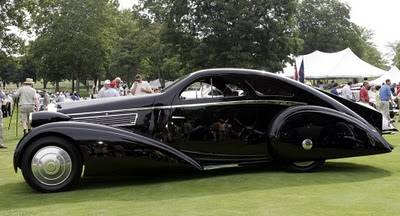Engines are designed to run hot for excellent efficiency, but not to the extent that they overheat and damage components by overpressure or loss of coolant. Some say that overheating engines are the typical shortcomings of older cars and anyone who owns one will eventually be left stuck and steaming on the side of the road.
 |
| Prevent Car From Overheating |
We say that's not necessarily the case. When these older cars came off the assembly line they didn't have an overheating problem, so they obviously have an adequate cooling system (This is mainly true, but many cars during their development were never tested in the summer heat in Arizona or a similar climate, as many are today). It's just that after decades without regular maintenance or a complete overhaul, the car's parts, radiator, engine block, hoses, fans and belts have aged and may not be working as efficiently as they did when new.
If the temperature gauge on your car indicates that the engine is running a bit hotter than usual on short or long trips, don’t wait too long to look into what the car is telling you. It doesn’t mean you need to start tearing apart the car's cooling system, just series of tests and preventative maintenance might be the cure to keeping your classic cool.
 |
| Belts and Hoses |
Belts and Hoses
Replace any belts that are fraying, have cracks or slipping on water pumps and cooling fans. Do a thorough inspect of all hoses for cracks, swelling and signs of leakage. A good rule of thumb is to check the cars belts and hoses with every oil change and replace them every five years regardless of how many miles you put on the car.















